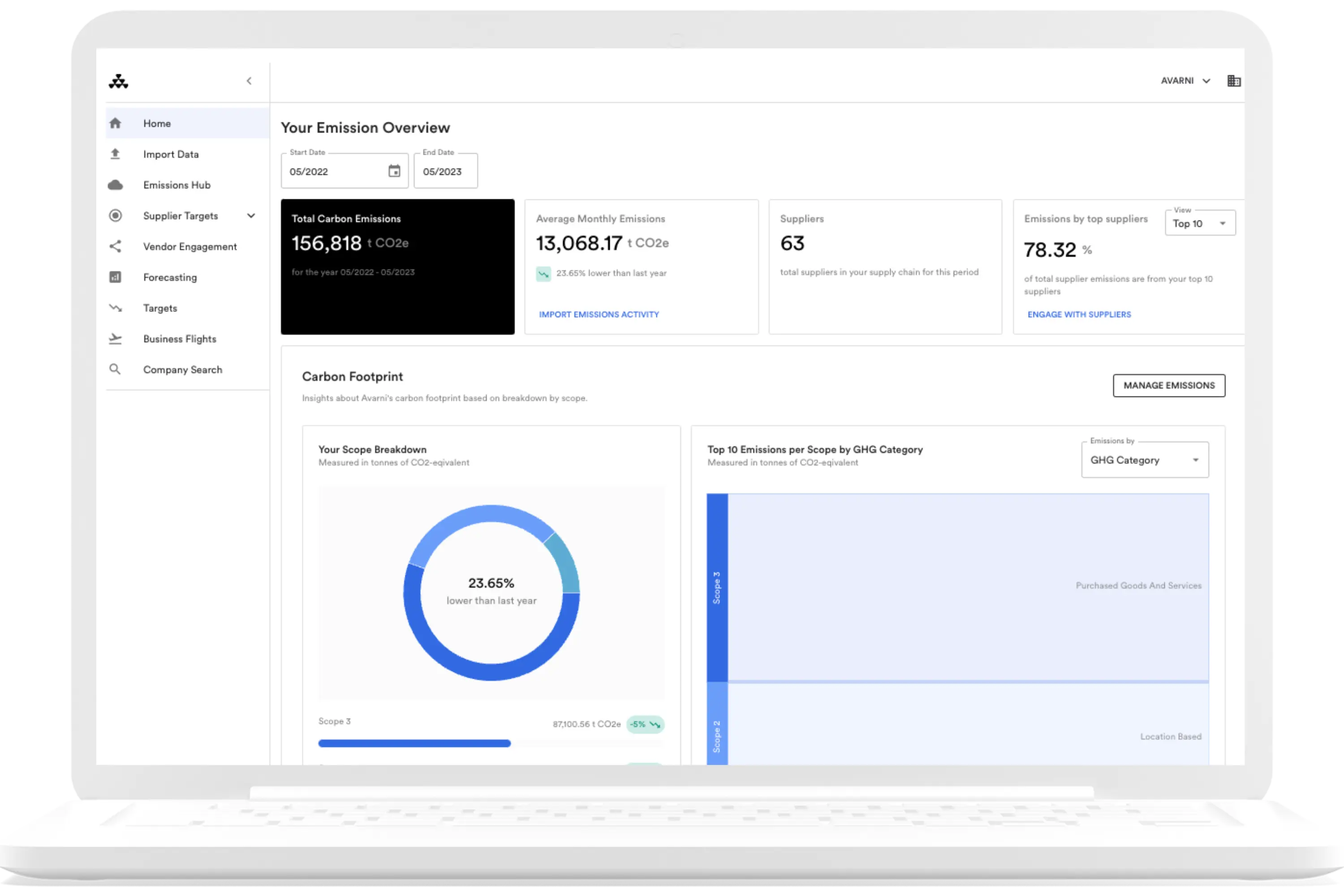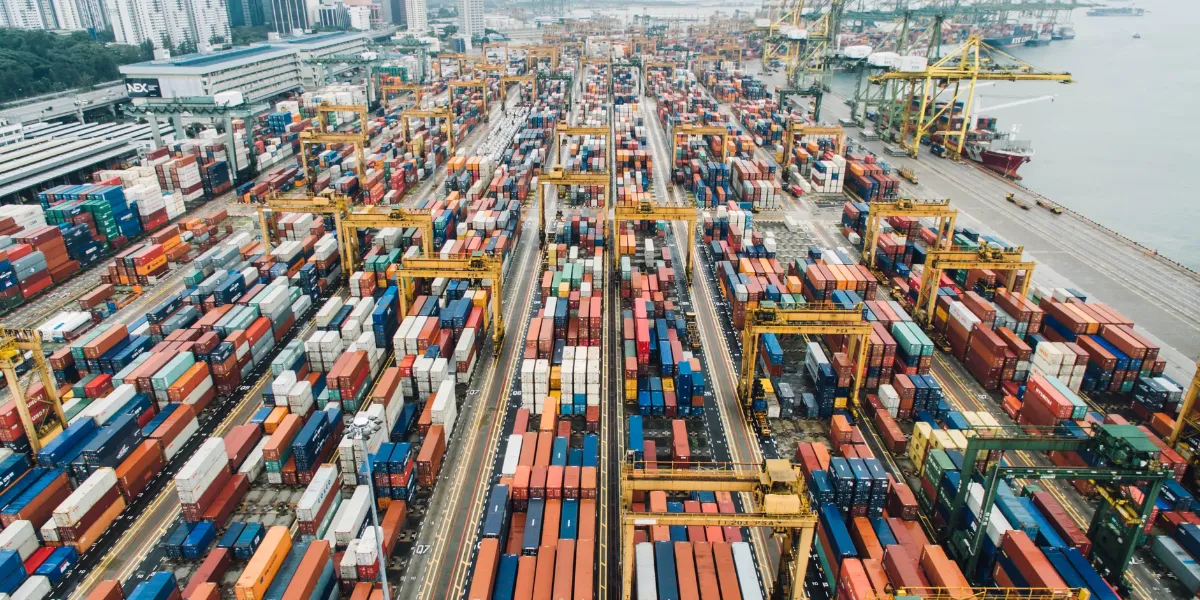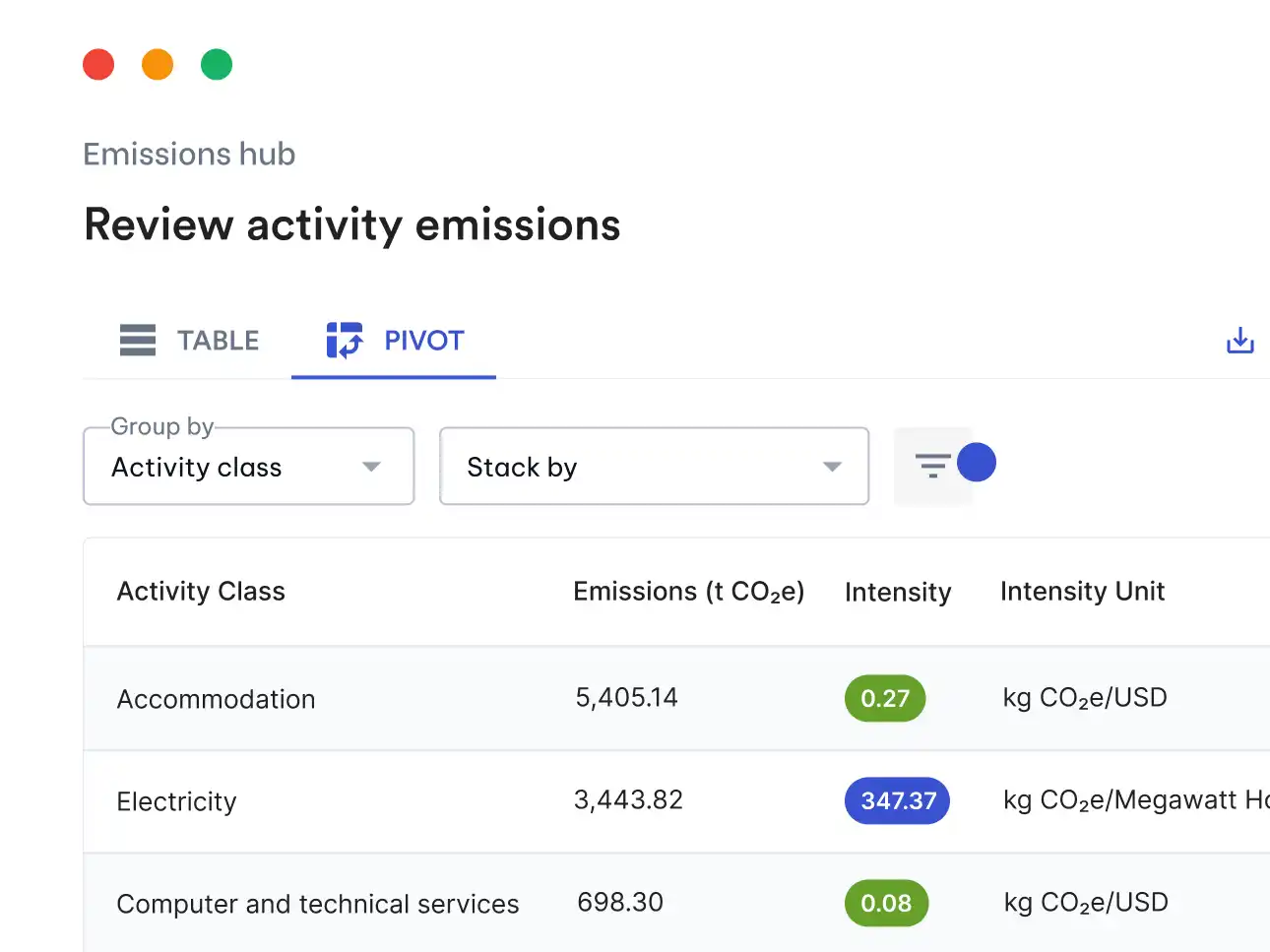One of the largest challenges faced by companies when calculating their GHG emissions today is getting an accurate view of what the emissions sources are in their supply chain (Scope 3 under the GHG Protocol). Unfortunately, this is also where over 80% of an organisation’s emissions lie, so it is the most important category to keep track of.
Methods exist to get a high-level estimation of Scope 3 emissions using spend data, but in order to find out not only what the true emissions of your supply chain are, but also identify what sources they are coming from, you need to collect emissions data from your suppliers directly.
Problem with current approaches to collecting data
Currently, supply chain emissions data collection relies on sending excel spreadsheet questionnaires to suppliers as part of the due diligence process, usually asking questions such as:
- Do you have any climate credentials?
- Have you calculated your Scope 1 & 2 emissions?
- What are your total emissions?
There are many problems with this approach. Firstly, it puts the burden of calculating emissions on the supplier. The vast majority of suppliers to large enterprises will not have calculated their emissions, particularly if they are small-medium enterprises – simply because until now, the process has required either a calculation expert on the team, or the hire of an external consultant to do the work. Neither of these are viable options for most smaller businesses.
Secondly, it does not reveal where the emissions sources actually lie in the supplier’s operations. If the supplier has calculated emissions, the enterprise will then have to go back and forth to figure out whether the emissions are, for example, coming mostly from transport diesel usage, refrigerant usage, or electricity. This data likely won’t be exchanged in a standardised, filterable format either, so the enterprise will have to perform extra work to organise all the data it collects from the supplier.
And thirdly, this approach does not take into consideration the Scope 3 emissions of the supplier – most emissions might not lie with the first tier of your value chain, but in the tiers above.
Overall, this approach will not have an effective response rate from suppliers due to the back & forth required, and high likelihood of a lack of available data. And even if the data is available, it will need to be manually organised and interpreted by the enterprise, which creates weeks of administrative burden.
A more effective approach – collecting primary data
To get emissions data from suppliers, it makes a lot more sense to collect data that all suppliers will have readily available, that can then be used to calculate their Scope 1-3 emissions. This includes fuel & electricity usage, which can be used to accurately calculate Scope 1 & 2, as well as the supplier’s purchased goods and services, which can be used to estimate Scope 3.
This not only give you a complete picture of all the supplier’s emissions in all scopes, but also shows you what the emission sources are. By having primary data, you can see which suppliers are using more electricity or fuel & in which facilities compared to others, and actively identify where potential reduction opportunities lie, without the back & forth.
It is also far easier for suppliers to provide this data. It doesn’t assume any knowledge of carbon accounting, and simply asks for data that they can readily pull from their bills & receipts.
Of course, one of the major drawbacks of this approach, is that now the administrative burden of calculating emissions for suppliers gets transferred to the enterprise’s sustainability team. This is where software can step in to help ease the workload and get emissions insights for suppliers faster.

How technology can help with supply chain emissions calculations
The best of both approaches can be combined by using a supplier questionnaire builder linked to an emissions calculation engine, so that supplier’s primary data can automatically be converted into emissions insights without extra work on the enterprise’s side. Each question can be linked to an emissions factor, which the supplier’s answer is automatically multiplied by, to get an emissions value.
This way, you immediately get a complete picture of a supplier’s emissions, and where the reduction opportunities lie, with only one exchange with the supplier. Supply chain emissions calculations can be derived in days or weeks this way for thousands of vendors, rather than months, and with a much higher quality of data.

How Avarni can help with supply chain emissions calculations
Avarni’s supplier engagement tools helped one of its clients get a 70% response rate and emissions profile on its suppliers in 3 weeks, far faster and with higher quality data than previously.
The supplier engagement tools will highlight the highest risk suppliers in your value chain based on your spend data and estimations, and then allow you to invite that supplier onto the platform for free to provide their primary data. You can build any number of custom questionnaires to get emissions data for any type of supplier activity, such as fuel & electricity usage, transport & distribution, waste, water usage, employee activity, etc. And to avoid manual follow ups, bulk reminders can be sent to remind suppliers to complete the questionnaire.

All primary data will then be converted to emissions insights automatically, allowing you to get a true profile of your supply chain emissions. With the vendor onboarded onto the Avarni platform, you can continue to track and collect more information over time, and track the supplier’s progress on reduction initiatives, SBTis and more.
Book an appointment now to learn more about how Avarni could help your organisation with emissions insights in your supply chain today.





